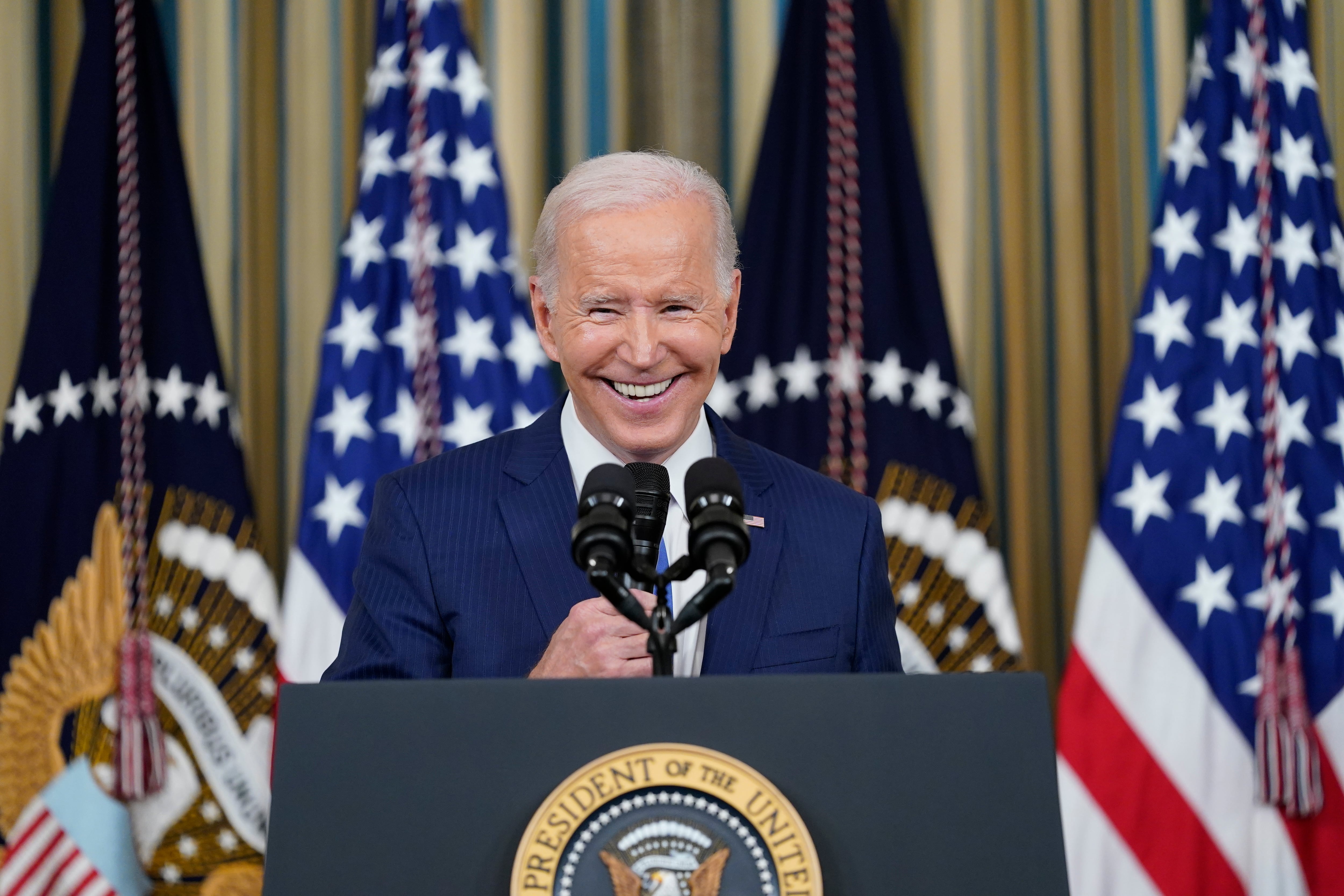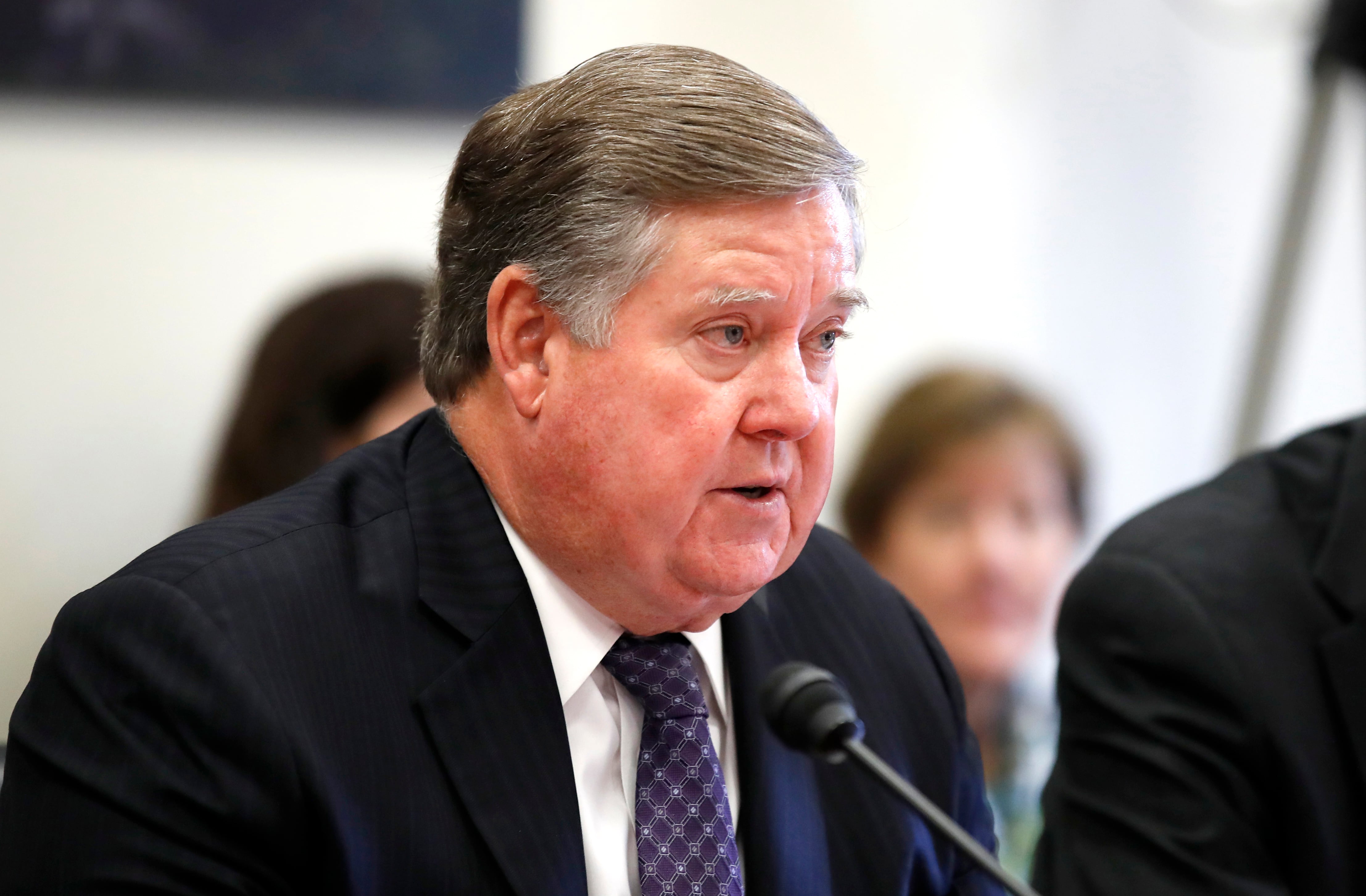House and Senate lawmakers on Tuesday night unveiled plans for a compromise defense authorization bill which would boost the military budget by 8% over fiscal 2022 levels and rescind the military’s COVID-19 vaccine mandate for service members.
The $858 billion plan (which includes roughly $817 billion in Department of Defense spending) also includes plans for a 4.6% pay raise for troops starting next month and nearly $19 billion in extra funding to deal with extra inflation costs on construction, fuel prices and other military purchases
House lawmakers are expected to pass the measure by the end of the week, setting up a Senate vote next week. If it passes both chambers, it could be signed into law by the president before the end of the month, continuing a six-decade streak of advancing the legislation into law.
RELATED

Although the authorization bill is considered must-pass legislation annually, this year’s deliberations have dragged on for months.
For the second consecutive year, the Senate did not pass its own version of the bill, opting instead to make adjustments to the House-passed version from this summer rather than taking amendment votes on their own military policy priorities.
And in recent days, numerous Republican lawmakers in the House and Senate threatened to oppose the measure unless it included language dumping the military’s COVID-19 vaccine mandate.
President Joe Biden and Defense Secretary Lloyd Austin both defended the vaccine requirement this week as necessary for military health and readiness. Whether the president may veto the final legislation because of the provision’s inclusion remains unclear.
So far this year, more than 8,000 active-duty service members have been dismissed from the ranks for refusing the vaccine. The vast majority of troops have agreed to the shots.
Opponents have argued that because most troops are young and fit, and because the military is in the midst of a recruiting crisis, the vaccine mandate is discouraging some potential recruits and forcing others out of the ranks.
The authorization bill language does not include any language mandating troops dismissed for refusing the vaccine to be reinstated, another demand of conservative lawmakers.
RELATED

Personnel matters
The $817 billion topline for military spending is about $45 billion above what the White House requested in its budget proposal last spring. Included in that extra money are a host of personnel and equipment priorities that lawmakers say are needed to counter inflation and ensure force readiness.
The 4.6% pay raise included in the authorization bill will be the largest troops have received in 20 years.
For junior enlisted troops, the 4.6% hike would mean about $1,300 more next year in take-home pay. For senior enlisted and junior officers, the hike equals about $2,500 more. For an O-4 with 12 years’ service, it’s more than $4,500 in extra pay.
The measure also includes language allowing service officials flexibility in housing stipends in high-cost regions of the country, in an effort to blunt the effects of high inflation on military families.
It expands the new Basic Needs Allowance from 130% of the federal poverty line as a baseline for help to 150%, and even higher in certain circumstances.
And along with reauthorization of a host of existing recruitment bonuses and specialty pays, the measure includes “targeted recruitment incentives to ensure the military can meet its recruiting and retention needs.”
RELATED

Other priorities
The bill also pushes back against the Biden administration’s efforts to cancel the sea-launched cruise missile nuclear development program by authorizing its continuation.
The White House has argued that the move would undermine other missions of the attack submarine without doing much to enhance deterrence. But bipartisan opponents in both the House and the Senate have maintained it provides a low-yield and flexible option to fill a gap in the nuclear triad.
Beyond that, the bill authorizes $32.6 billion to increase the U.S. naval fleet, including for 11 battle force ships. For the Army, it also authorizes funding increases for the CH-47 heavy lift helicopter, the UH-60 Blackhawk medium lift helicopter and the MQ-1 Gray Eagle drone.
It also allocates $2.7 billion to procure new munitions. This is in part to backfill equipment sent to Ukraine but also designed to generally expand production capacity going forward.
Notably, it waives some restrictions for Pentagon contracts on munitions to Ukraine or to increase the Defense Department’s critical munitions stockpile.
And the measure provides $1 billion to more than double the National Defense Stockpile — the U.S. strategic reserve of critical minerals — after years of depletion, highlighting congressional efforts to decrease Chinese influence in the U.S. defense supply chain.
The bill also authorizes funding for five more F-35A aircraft as well as F-22 modernization. It does allow the Biden administration to proceed with plans to retire the A-10 aircraft, a move that Congress has long opposed.
Even with apparent agreement on the authorization bill, lawmakers will still need to pass an appropriations bill for fiscal 2023 in order for the Defense Department to get and spend the money outlined in the $817 billion policy measure. Government agencies have been operating off a temporary budget since Oct. 1, the start of fiscal 2023.
The House and Senate have until Dec. 16 to pass a full year budget or another budget extension or risk a partial government shutdown. Chamber leaders have said they are hopeful to announce a compromise on those spending issues in the next few days.
Leo covers Congress, Veterans Affairs and the White House for Military Times. He has covered Washington, D.C. since 2004, focusing on military personnel and veterans policies. His work has earned numerous honors, including a 2009 Polk award, a 2010 National Headliner Award, the IAVA Leadership in Journalism award and the VFW News Media award.
Bryant Harris is the Congress reporter for Defense News. He has covered U.S. foreign policy, national security, international affairs and politics in Washington since 2014. He has also written for Foreign Policy, Al-Monitor, Al Jazeera English and IPS News.





